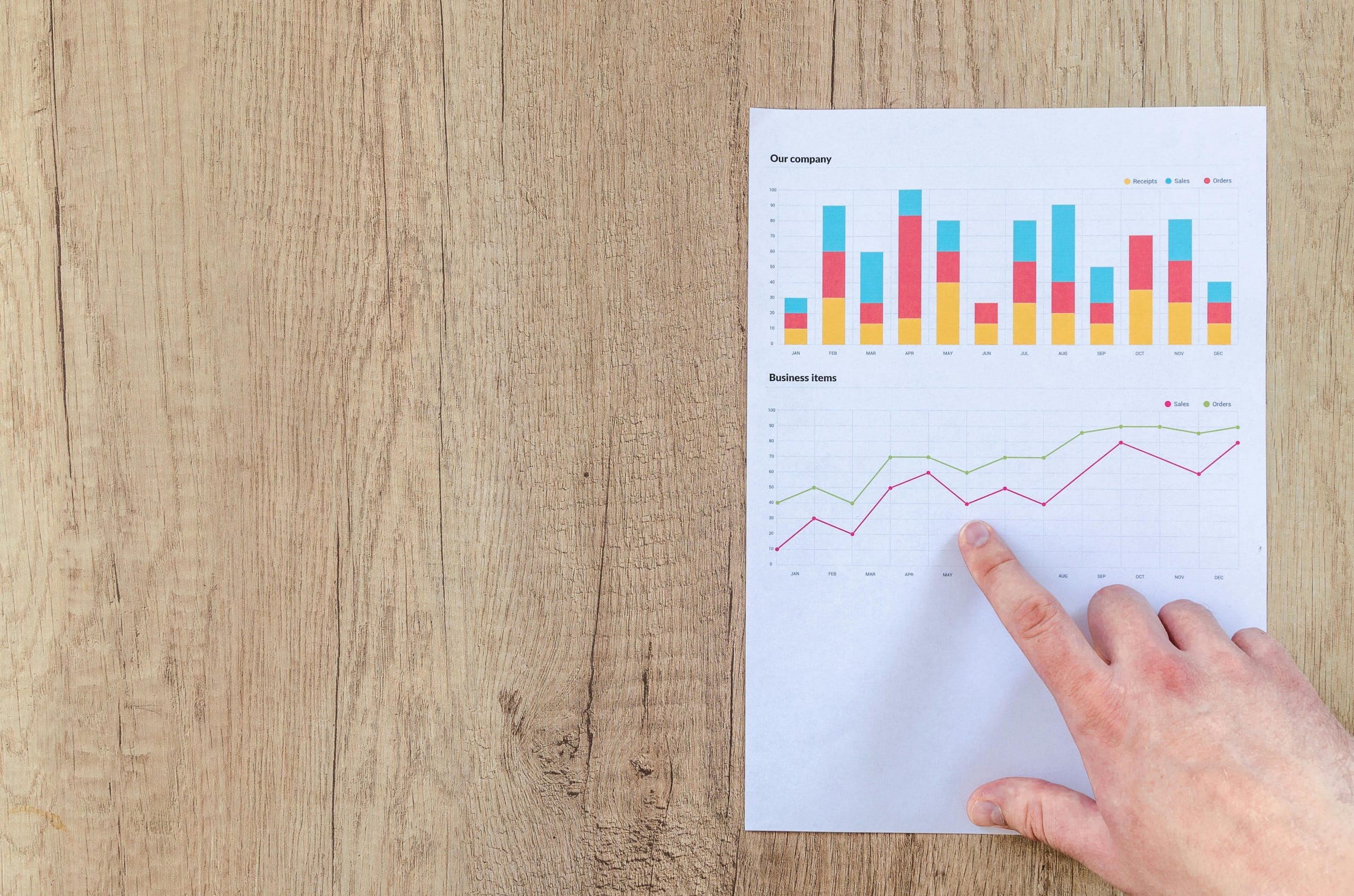As we delve further into the digital era, data is becoming an increasingly valuable commodity. The ability to monitor, analyze and visualize this data is essential for businesses seeking to garner insights and drive informed decision-making. Whether you’re assessing server performance or tracking user behavior, the capacity to efficiently access and understand your data can significantly impact your success.
Grafana and Prometheus are two powerful tools that can aid in this endeavor, offering comprehensive data analysis and visualization capabilities. Grafana, a multi-platform open-source analytics and visualization platform, can be paired with Prometheus, an open-source system monitoring and alerting toolkit, to create dynamic, insightful dashboards. These dashboards allow you to monitor metrics and observe trends in real-time.
Dans le meme genre : How can you use TensorFlow Lite for deploying machine learning models on mobile devices?
This article will guide you through the process of using Grafana for visualizing and analyzing metrics from Prometheus. We’ll explore the various features, how to set up and configure your dashboard, and how to extract and interpret the data captured.
Setting up Grafana and Prometheus
Before diving into the data, it’s essential to understand how to set up Grafana and Prometheus. These two systems function optimally when synchronized, with Prometheus acting as the data source and Grafana as the tool for visualizing this data.
Sujet a lire : What are the steps to set up a CI/CD pipeline using Bamboo for a PHP project?
Begin by installing both Grafana and Prometheus on your server. Prometheus will serve as your monitoring system, collecting metrics from monitored targets by scraping series data from these nodes. These metrics are stored as time series data, and can be queried via Prometheus’s API.
Once Prometheus is up and running, you can proceed to set up Grafana. After launching Grafana, you’ll need to add Prometheus as the data source. Click on the Grafana logo to open the menu, select ‘Data Sources’, and then ‘Add data source’. From here, select Prometheus as the type, enter the URL of your Prometheus server, and click ‘Add’.
Creating a Dashboard in Grafana
Now that you’ve connected Grafana to your Prometheus server, you’re ready to create your first dashboard. A dashboard in Grafana is where you can visualize your time series metrics. You can create a variety of panels with different graph styles, tables, and more, each displaying a specific metric query.
Start by clicking on ‘Create’ on the Grafana menu, then ‘Dashboard’. From here, you’ll see the ‘New Dashboard’ screen. Click on ‘Add Query’, and you will be taken to the Query Editor. The Query Editor is where you build the queries to fetch the data for your panels.
In the Query Editor, you’ll need to select Prometheus as your data source. Then, in the query field, you can write your Prometheus query. For instance, you might write a query to retrieve the average CPU usage over the past five minutes.
Once you’re satisfied with your query, you can choose how you’d like to visualize the data. Grafana offers several options, including graphs, gauges, tables, and heatmaps. Select the visualization that best suits your data, and your panel will be created. You can add as many panels as you need to your dashboard to monitor different metrics.
Monitoring Metrics through Grafana
With your dashboard created, it’s time to start monitoring your metrics. Your Grafana dashboard will continuously display your data in real-time, allowing you to observe trends and changes as they occur.
You can customize your dashboard to suit your needs, creating different panels for various metrics. Whether you’re monitoring CPU usage, tracking traffic to your website, or observing changes in database queries, you can create a panel for each metric.
By clicking on a panel, you can view the specific metric data in more detail. You can also adjust the time range for the data displayed, allowing you to analyze trends over specific periods. This feature is particularly beneficial for identifying patterns and anomalies in your data.
Analyzing Data with Grafana
Beyond merely displaying data, Grafana also provides tools for analyzing your metrics. You can use the query inspector to delve into the details of your queries, examine errors, and inspect the raw data returned by your query.
Grafana also supports alerting based on your metrics. You can create alerts for specific conditions in your data, and Grafana will notify you when these conditions are met. This feature enables proactive monitoring, as you can respond to potential issues before they escalate.
Additionally, with Grafana’s Explore feature, you can dig into your data, split views, and compare different time ranges, queries, and data sources. This tool is particularly useful for troubleshooting or for more in-depth analysis of your metrics.
By leveraging the capabilities of Grafana and Prometheus, you can transform raw data into meaningful insights. The dynamic visualizations and comprehensive analyses facilitated by these tools will empower you to make data-driven decisions, enhancing your business operations and strategy.
Use of Node Exporter with Prometheus and Grafana
Node Exporter is a significant feature to understand when using Prometheus and Grafana. Node Exporter is a Prometheus exporter for hardware and OS metrics with pluggable metric collectors. It enables you to measure various machine resources such as memory, disk I/O, CPU, network, etc. Simply put, Node Exporter is a tool that collects data on the functioning of the hardware where your instance of Prometheus is running.
The first step in using Node Exporter is to install it on the machine you want to monitor. Once installed, Node Exporter will expose the machine-related metrics on an HTTP endpoint. Prometheus can then scrape these metrics at regular intervals.
To get Prometheus to start collecting data from Node Exporter, you’ll need to add a scrape configuration to your Prometheus configuration file. This configuration contains details such as the address of the Node Exporter endpoint and the scrape interval. After you’ve made these changes, restart your Prometheus server.
Now, you can visualize the data collected by Node Exporter in Grafana. Create a new panel on your Grafana dashboard and select the Node Exporter metrics from your Prometheus data source. Grafana will then generate real-time visualizations of these hardware and OS metrics. This is especially useful for monitoring the performance of your servers and identifying potential hardware issues.
Integration of Grafana Cloud and Grafana Enterprise
While Prometheus and Grafana can be installed and run locally, both tools offer more robust, cloud-based versions: Grafana Cloud and Grafana Enterprise. These enhanced versions of Grafana offer several benefits, including longer data retention, advanced features, priority support, and more data sources.
Grafana Cloud is a fully managed open-source monitoring solution that can scale with your business. It can handle the influx of Prometheus metrics and logs from Loki (a highly-available, multi-tenant log aggregation system inspired by Prometheus). You can write your data to Grafana Cloud using the Prometheus remote write feature, which allows Prometheus to send data to remote systems for storage.
Grafana Enterprise, on the other hand, is a self-managed software that offers premium plugins, critical security features, and enterprise-grade support. It includes additional data sources not available in the open-source version, such as Oracle, Splunk, ServiceNow, and more. This makes it a perfect fit for larger businesses with complex needs.
Both Grafana Cloud and Grafana Enterprise can be seamlessly integrated with your existing Prometheus and Grafana setup. They offer more robust, scalable solutions that can help your business turn metrics into actionable insights.
Monitoring and analyzing your data is crucial for making informed decisions in today’s digital era. Tools like Grafana and Prometheus offer powerful solutions for visualizing and scrutinizing your metrics in real-time. The integration of features like Node Exporter and services like Grafana Cloud and Grafana Enterprise further enhance your ability to monitor, analyze, and act on your data.
By fully leveraging these tools and services, you can transform your raw data into useful, actionable insights. This not only benefits your day-to-day operations but also informs your strategic decisions, helping your business navigate the digital landscape with more confidence and foresight. Remember, in the world of digital business, your data is your compass, and tools like Grafana and Prometheus are your navigators.

